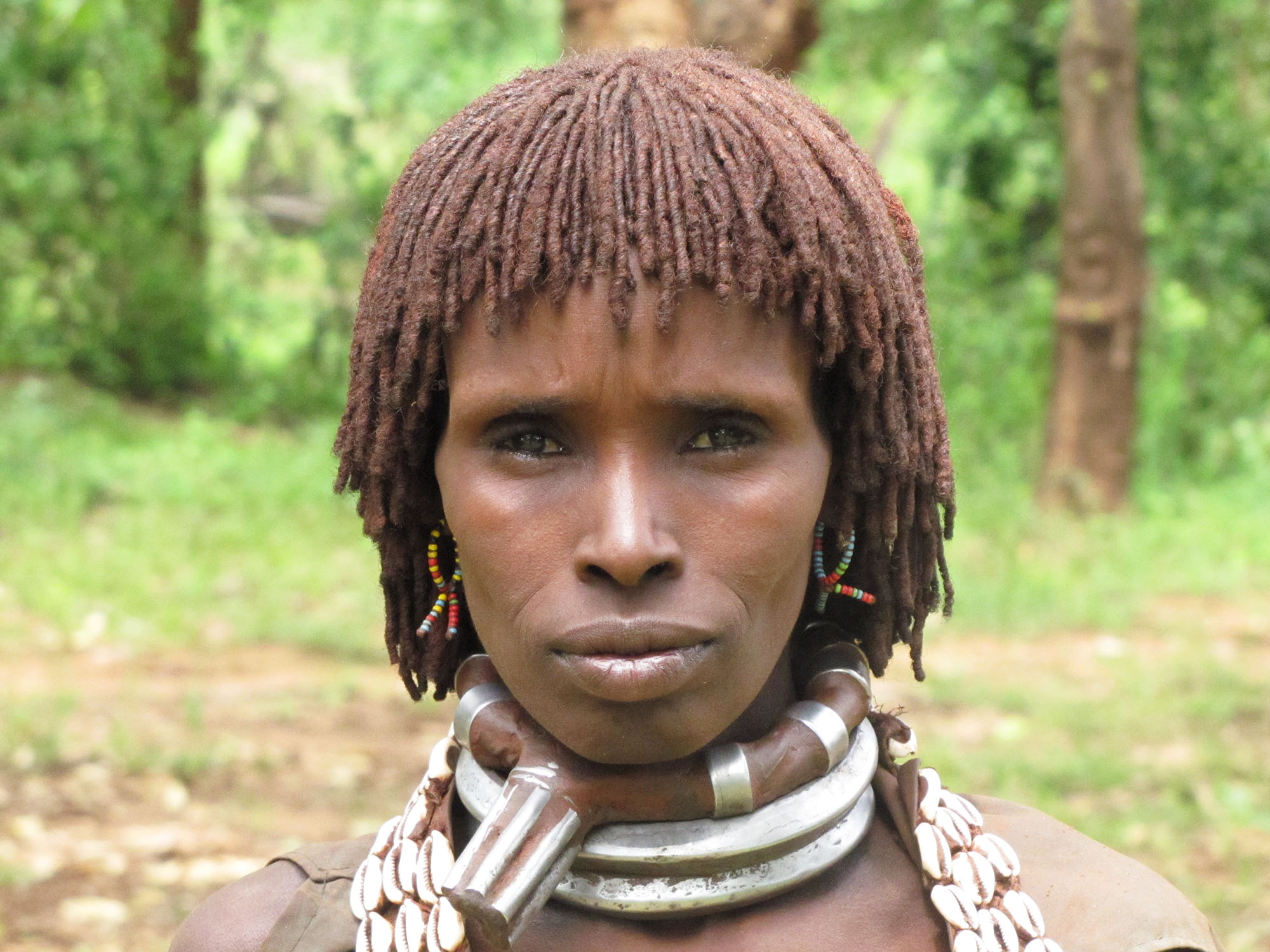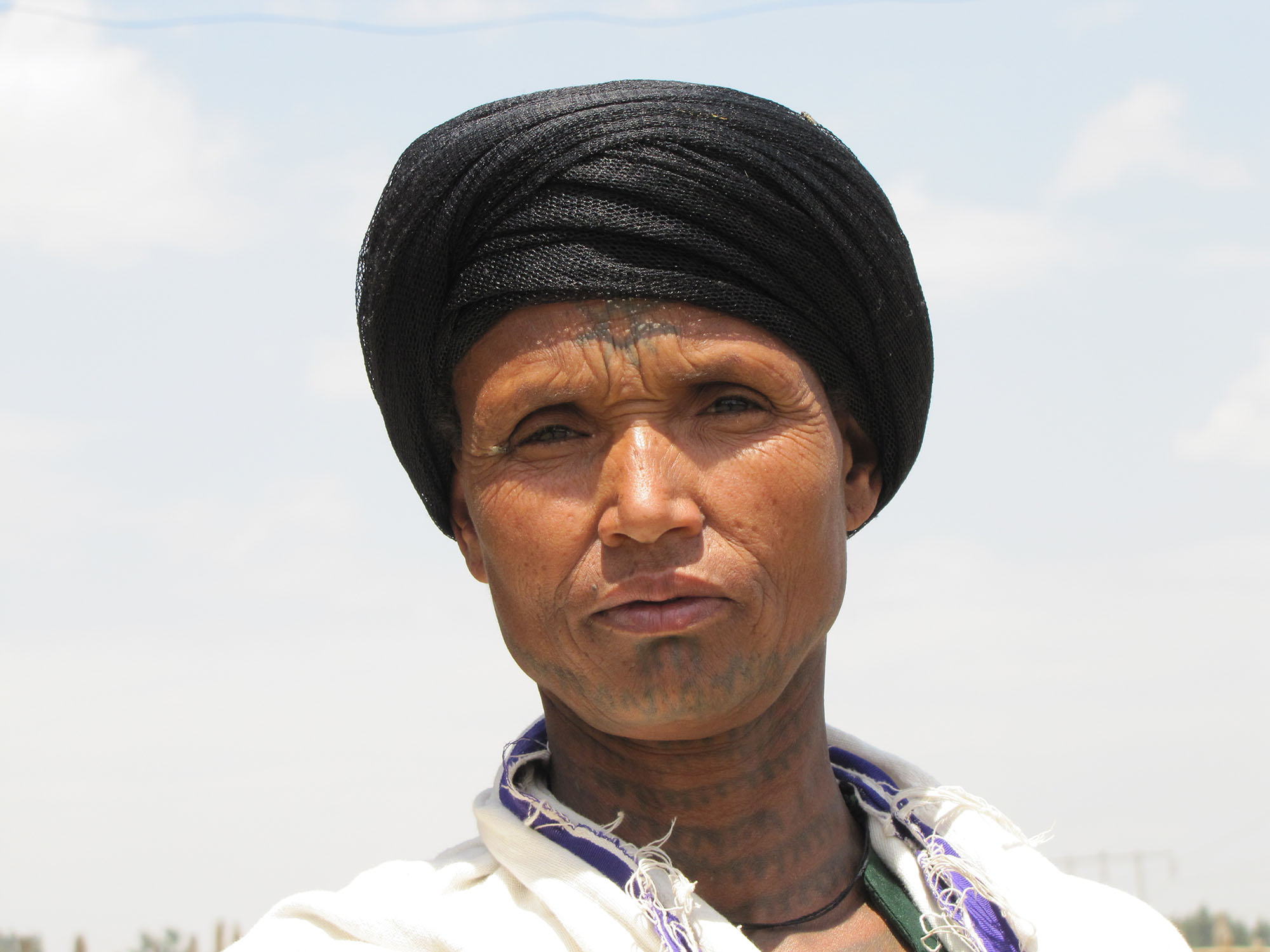
Skin color is one of humankind’s most striking—and stunningly variable—traits. With a new study of diverse African groups, a team of geneticists led by Sarah Tishkoff, a Penn Integrates Knowledge Professor and the David and Lyn Silfen University Professor in Genetics and Biology, has broadened and deepened an understanding of the genes that color human skin.
The findings, published in the journal Science, shed light on human evolution and inform knowledge about the genetic risk factors for conditions such as skin cancer.
“When people think of skin color in Africa, most would think of darker skin,” Tishkoff says, “but we show that within Africa there is a huge amount of variation, ranging from skin as light as some Asians to the darkest skin on a global level and everything in between.”
While scientists have probed the genetic basis of skin color before, most of those studies were done on Europeans. To gain a fuller picture of the globe’s genetic diversity, Tishkoff, along with postdoctoral researcher Nicholas Crawford, the study’s lead author, and a large, international team of collaborators, examined more than 4 million points in the genomes of nearly 1,600 study volunteers from ethnically and genetically diverse populations in Ethiopia, Tanzania, and Botswana.
The researchers found four key areas of the genome where variation closely correlated with skin color differences. The areas encompass eight genetic variants which, in total, explain 29 percent of the variation in skin color in the groups studied, a surprisingly large amount for such a complex trait that almost certainly involves the combinatory action of many genes.
One gene that the group studied, MFSD12, had been found to be differentially expressed in the light and dark skin of people with vitiligo, a condition where the skin loses pigment in some areas, but was otherwise little understood.
The team found variants of MFSD12 that were associated with both very dark and relatively light skin. Mutations in and around this gene that were associated with dark pigmentation were present at high frequencies in populations of Nilo-Saharan ancestry, who tend to have very dark skin, as well as across sub-Saharan populations, except the San of southern Africa, who tend to have lighter skin.
Tishkoff and colleagues also identified these variants, as well as others associated with dark skin pigmentation, in South Asian Indian and Australo-Melanesian populations, who tend to have the darkest skin coloration outside of Africa, pointing to the possibility of an early human migration event that carried these genetic variants out of Africa along the southern Asian coast.
Not content to simply conduct genomic analyses, the team performed functional assays, demonstrating the function of MFSD12. Deleting this gene in zebrafish and mice changed the coloring of both species. These new insights in skin cell biology contribute to an understanding of pigmentation disorders as well as skin cancer.
A variant in another gene, SLC24A5, which is associated with lighter skin pigmentation, seemed to have been introduced from the Middle East into East Africa. In other genes linked with skin color, the researchers discovered that they play roles in albinism and melanoma risk.
Some of the genetic variants the researchers identified, coding for both light and dark skin pigmentation, were quite ancient, between 300,000 and 1 million years old, meaning that skin color variation seems to have been present since before the emergence of Homo sapiens.
Tishkoff noted that the work underscores the diversity of African populations and the lack of support for biological notions of race.
“Many of the genes and new genetic variants we identified to be associated with skin color may never have been found outside of Africa because they are not as highly variable,” Tishkoff says. “There is so much diversity in Africa that’s not often appreciated. There’s no such thing as an African race. We show that skin color is extremely variable on the African continent, and that it is still evolving.”
This story originally appeared in the Oct. 26, 2017 edition of the Penn Current Express.









